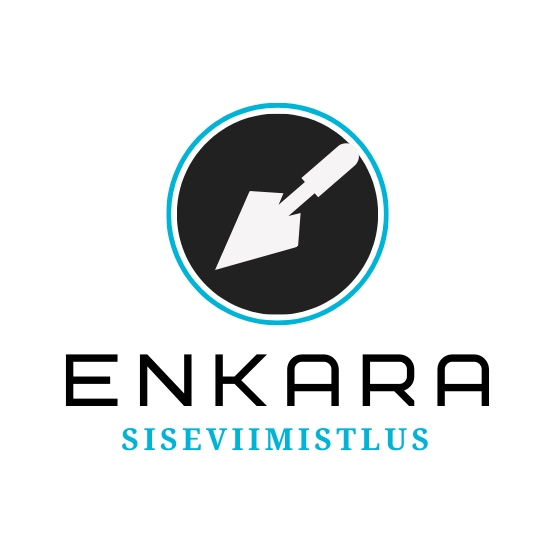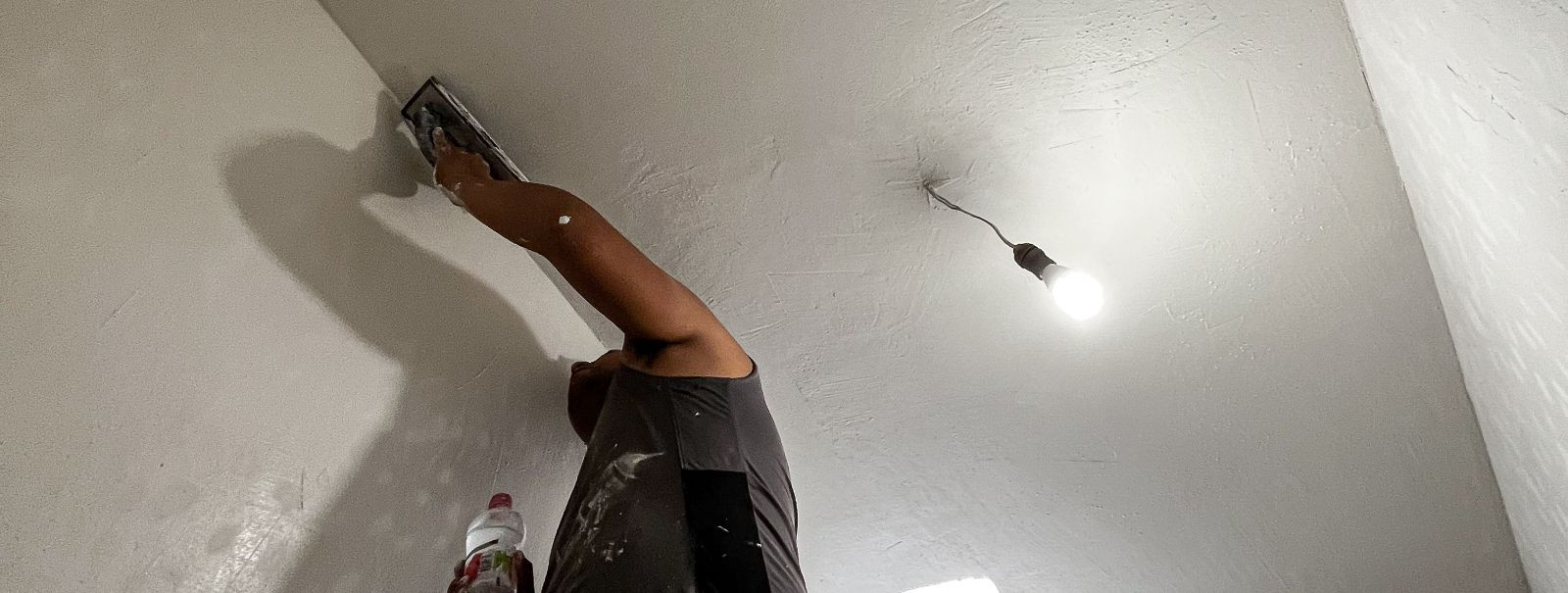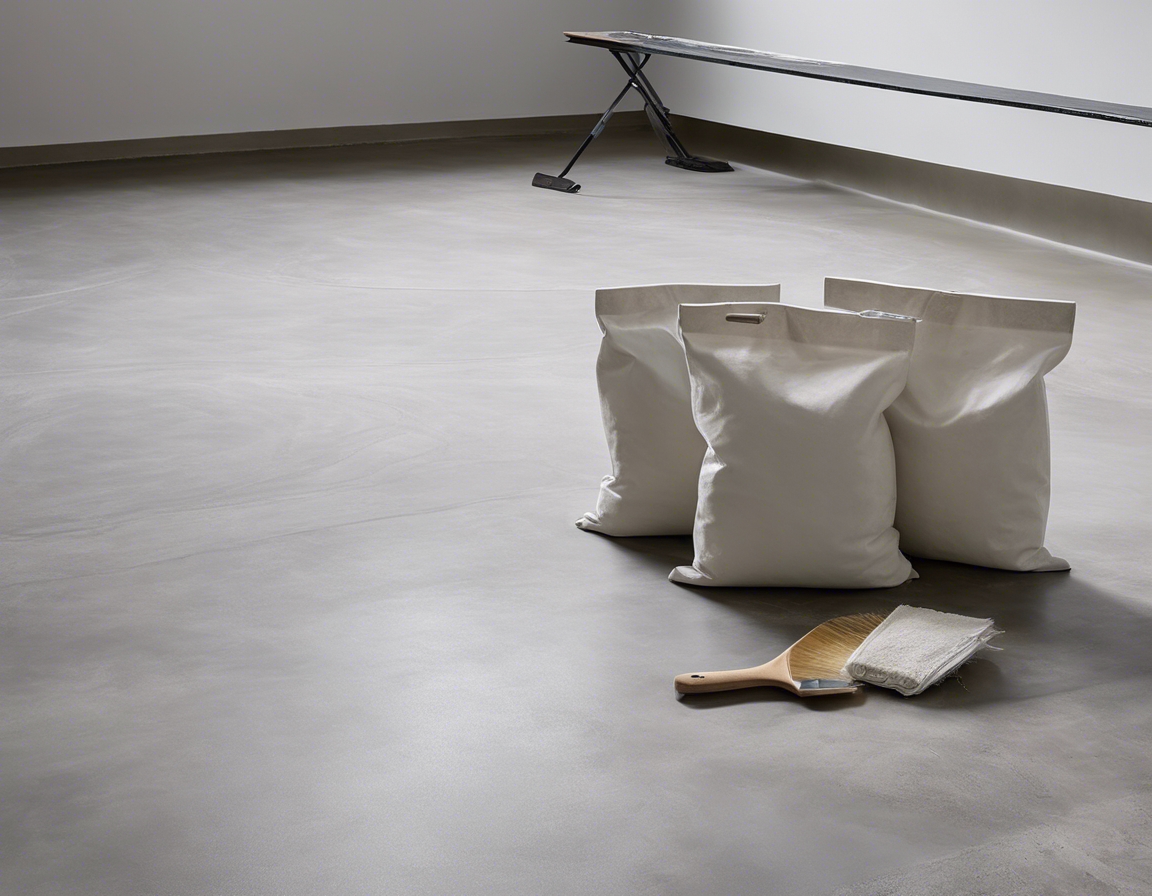The art of gypsum: transforming interiors
Gypsum is a soft sulfate mineral composed of calcium sulfate dihydrate, known for its versatility and pliability in the world of construction and design. It is a favored material for creating smooth finishes on walls and ceilings and is the primary component in drywall and plaster.
Gypsum has been used for centuries, with evidence of its use dating back to ancient Egypt and Rome. It was prized for its fire-resistant properties and ease of crafting into decorative shapes, making it a staple in historical architecture.
Today, gypsum's popularity continues due to its fire resistance, sound insulation, ease of installation, and ability to create a seamless and modern aesthetic. It is also appreciated for its eco-friendly nature, as it can be recycled and used in green building initiatives.
The Versatility of Gypsum in Interior Applications
Gypsum wallboards and panels provide a quick and efficient way to construct walls and partitions. They are lightweight, easy to cut, and can be finished with a variety of textures and paints to match any interior style.
Decorative moldings, cornices, and ceiling roses made from gypsum can add a touch of elegance and character to any room. These elements can be custom-made to fit the specific design requirements of a space.
Acoustic ceiling tiles made from gypsum can significantly reduce noise levels, making them ideal for offices, schools, and healthcare facilities. Additionally, gypsum can be molded into intricate designs for aesthetic ceiling applications, enhancing the overall look of an interior space.
Technical Aspects of Gypsum Installation
The installation of gypsum products requires precision and expertise. It involves measuring, cutting, fastening, and finishing techniques that ensure a high-quality outcome.
Adhering to best practices, such as proper framing, using the right tools, and following manufacturer guidelines, is crucial for the longevity and appearance of gypsum installations.
Gypsum is known for its durability and ease of maintenance. Regular cleaning and occasional repairs can keep gypsum features looking new for years to come.
Eco-Friendly and Sustainable Practices with Gypsum
Gypsum is a naturally occurring mineral that is abundant and sustainable. Its low environmental impact makes it a preferred choice for eco-conscious homeowners and builders.
One of the most significant advantages of gypsum is its recyclability. Old gypsum can be ground down and reused in new products, reducing waste and promoting sustainable practices.
Gypsum products can contribute to achieving green building certifications such as LEED or BREEAM, as they meet criteria for sustainable materials and indoor environmental quality.
Innovative Design Trends with Gypsum
Designers are pushing the boundaries with gypsum, creating sleek, minimalist interiors, as well as intricate, textured surfaces that add depth and interest to spaces.
Advancements in technology allow for the integration of lighting, sound systems, and other smart home features seamlessly into gypsum designs, offering both functionality and style.
The malleability of gypsum makes it an excellent medium for custom work. Homeowners and designers can work together to create unique features that reflect personal tastes and enhance the living environment.






Comments (0)